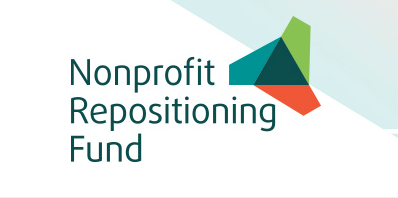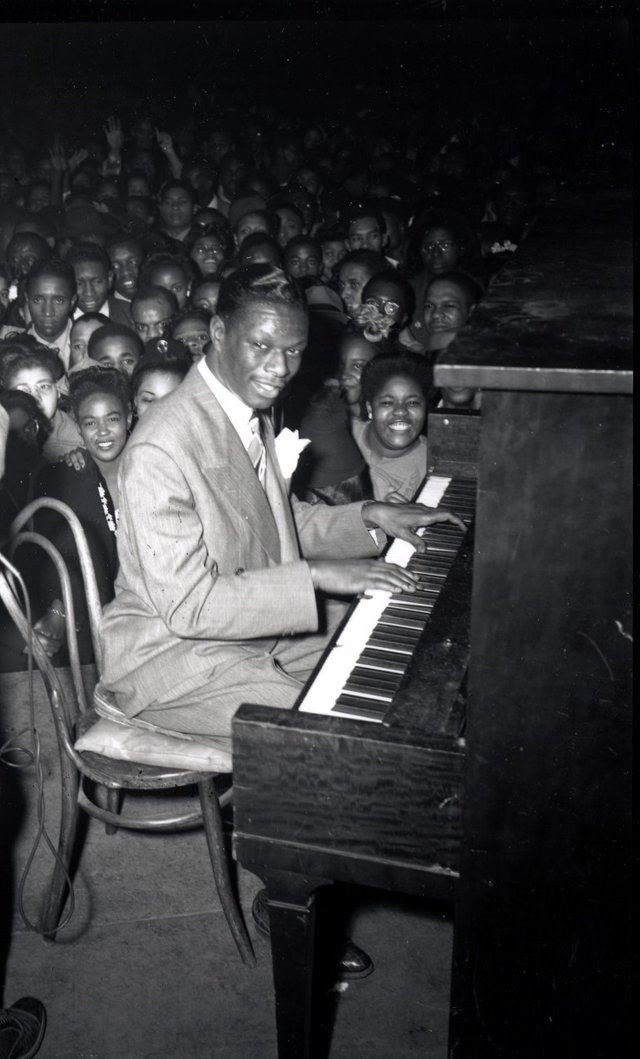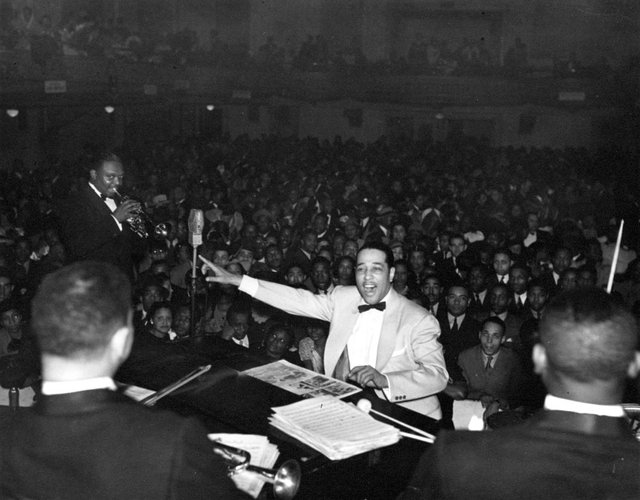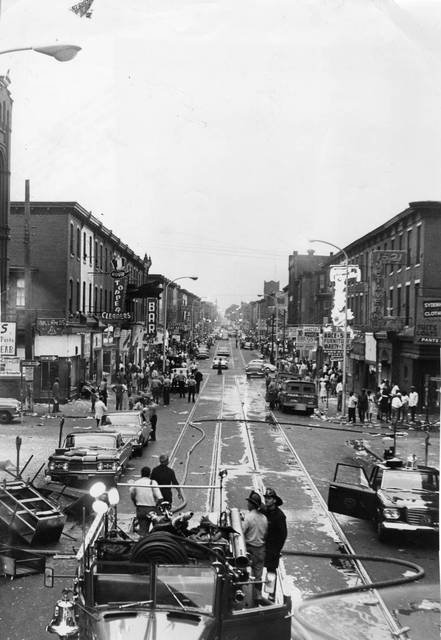Shipping
/SHipiNG/ noun: the act of wanting and supporting two individuals involved in a romantic relationship.

DISCLAIMER: This picture in no way indicates my support of a Harmony ship.
Now, shipping normally entails superfans writing alternate fictional plotlines in their bedrooms, but I think museums involved in a professional partnership can also fit under this cultural heading. Firstly, like the Redditors dreaming about ill-advised Harry and Hermione hook ups, I am not entirely qualified to propose a transformative pitch for a history institution. Also, like any romantic interaction between Harry and Hermione in the Wizarding universe, a partnership between museums seems very unlikely in a cultural community plagued by a lack of communication.
However, in light of the Nonprofit Repositioning Fund’s mission and the advice proffered by the Conservation Company, I decided to search for two institutions suffering from “organizational atrophy” that might benefit from a “programmatic joint venture.” I chose the Charles L. Blockson Collection at Temple University and the African American Museum of Philadelphia because I believe the prominence and location of AAMP would allow properly marketed exhibit space for the Blockson’s amazing (and underutilized) holdings of 20th century African American history in Philadelphia.

The Nonprofit Repositioning Fund is a "regional effort to encourage and support formal, long-term collaborations between and among nonprofit organizations." For more information, click here.
While the readings for this week led me to possible solutions for a museum’s transformation, my research is essentially anecdotal. As in, I do not have any hard visitor data for either institution, and I do not know the history of their existing collaborations. Though, in the list of Warning Signs of institutions in trouble, the Conservation Company lists flaws such as “slow to modify systems and adapt to new technology” and “few new programs developed.” While I wouldn’t characterize the Blockson or AAMP as stagnant or at risk, the permanent first floor exhibits at AAMP certainly need some technological advancements, and the Blockson Collection, lacking an updated website or any significant soical media presence, is hardly marketed outside a community of Black history scholars. The Blockson holds the 20th century black history not regularly exhibited by AAMP, and I think a collaboration would inspire increased visitors to Blockson, more dynamic and modern programming, and a deeper understanding of the city’s resources open to both the citizens and tourists of Philadelphia.An Exploratory Grant
More specifically, to achieve these ends, the Blockson Collection and AAMP should apply for an exploratory grant from NRF to exhibit the jazz photographs of John W. Mosley within a contextual exhibit about the 1964 Columbia Avenue Riots, an event well documented within the Blockson collection in a variety of sources. In keeping with the mission of AAMP’s upstairs art and culture spaces, the grant would also fund preliminary meetings and planning with Temple University’s Jazz Department and the Clef Club of Philadelphia to sponsor performances and compositions to honor Philadelphia’s legacy of civil rights activism and jazz.


This image displaying the aftermath of the 1964 riots is not in Blockson’s Collections, but rather the Evening Bulletin files at the Special Collections Research Center at Temple University.
Themes of 1960s gentrification, police brutality, segregation, and revolutions led by people of color in Philadelphia provide historical connection and relevance to these issues in the present day city. As I have mentioned in past posts, the musical history of Philadelphia is absent from the city’s cultural sector, and such a collaboration would share the resistance narratives of black music history in Philadelphia while simultaneously promoting two institutions of black public history.
So, what do you think of this Philly public history fanfic? Do you have any other ideas of how they could use the NRF planning grant?
100% of the SBD rewards from this #explore1918 post will support the Philadelphia History Initiative @phillyhistory. This crypto-experiment is part of a graduate course at Temple University's Center for Public History and is exploring history and empowering education to endow meaning. To learn more click here.
So, why not look to models of institutions that we'd like to have in our city and imagine what it would take. I mean, let's envision something on the scale of New York Public Library's Schomburg Center for Research in Black Culture here in Philadelphia? What steps would we take now (or might have taken 50 or 75 years years ago) to make this happen? Is it about somehow developing a critical mass out of two less-strong orgs? I don't think so.
So what IS in the magic sauce of the truly successful orgs? And how could we get some of that!
Downvoting a post can decrease pending rewards and make it less visible. Common reasons:
Submit
That's definitely a good idea! A Schomburg model in Philadelphia would be amazing--though I'm not exactly sure of their institutional history. Would that be more of a collaboration or an offshoot of the Free Library, then?
For some clarification, rather than the creation of a new organization, I'm speculating here about regularly scheduled joint programming that would highlight both institutions and jumpstart their community engagement ( for the Blockson in particular).
Downvoting a post can decrease pending rewards and make it less visible. Common reasons:
Submit
Yes, the idea is to absolutely NOT create a new organization but build on strengths of existing ones in such a way that new excitement and momentum is created.
Downvoting a post can decrease pending rewards and make it less visible. Common reasons:
Submit
Congratulations @chelseareed! You have completed some achievement on Steemit and have been rewarded with new badge(s) :
Click on any badge to view your own Board of Honor on SteemitBoard.
To support your work, I also upvoted your post!
For more information about SteemitBoard, click here
If you no longer want to receive notifications, reply to this comment with the word
STOPDownvoting a post can decrease pending rewards and make it less visible. Common reasons:
Submit